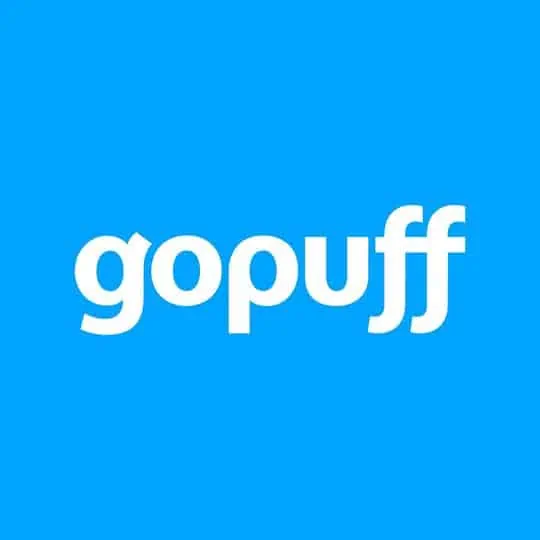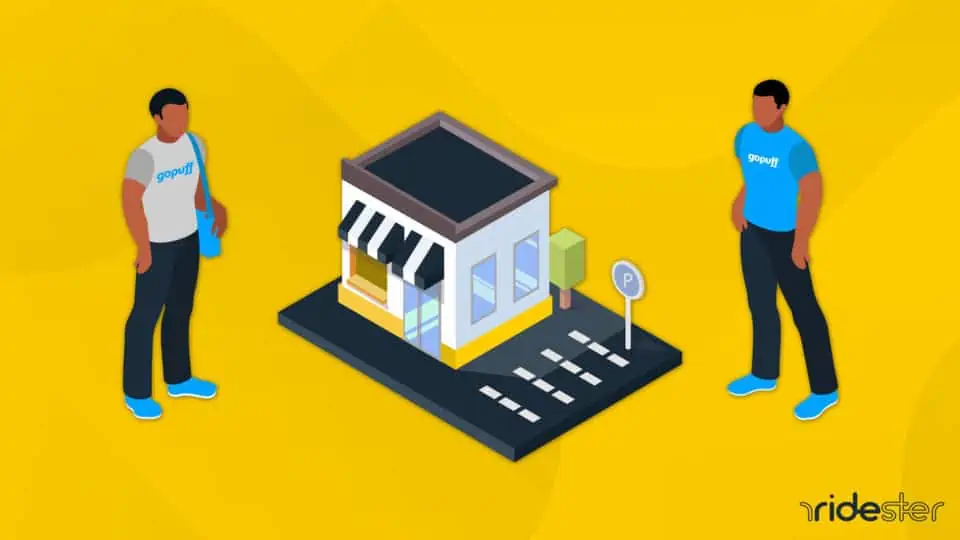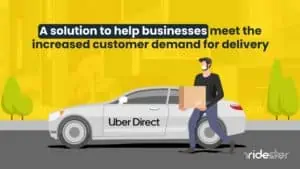Key Takeaways
- GoPuff founded by Yakir Gola and Rafael Ilishayev in 2013, who remain co-owners.
- Specializes in rapid delivery of essential items, eliminating traditional convenience store visits.
- GoPuff’s growth outpaces projections, reaching over $2 billion in revenue by 2021.
- Valuation soared to $40 billion in 2023, highlighting its exponential growth and market impact.
Who Owns GoPuff?
GoPuff, founded in 2013 by Yakir Gola and Rafael Ilishayev, is owned by its co-founders.
The company, which began while both were sophomores at Drexel University in Philadelphia, aims to offer a faster home delivery solution than traditional services, focusing on delivering essential items directly to customers’ doors.
This idea was born from the founders’ own experiences in college, recognizing the convenience of having a delivery service in a busy city environment, especially for those without easy access to transportation.
What is the Net Worth of GoPuff?
Following a $1.5 billion fundraising round, GoPuff’s valuation surged to an estimated $40 billion, marking a substantial increase from its $15 billion valuation in July 2021.
As of 2023, GoPuff’s net worth has significantly increased, despite facing challenges with labor issues and expansion efforts in Europe.
The company’s growth rate has exceeded initial projections by approximately threefold, achieving a revenue milestone of $2 billion in 2021.
The company’s financial growth is evident through its annual revenues, escalating from $200 million in 2019 to $1 billion in 2021, and its user base, which grew from 0.3 million in 2019 to 2.6 million in 2021.
Additionally, GoPuff app downloads have shown remarkable growth, from 0.4 million in 2018 to 11.3 million by 2022. This upward trajectory has raised the company’s valuation from $4 billion in 2019 to $15 billion in 2021, and now to an estimated $40 billion.
While the exact net worth of GoPuff’s founders, Yakir Gola and Rafael Ilishayev, remains undisclosed, their wealth has undoubtedly increased alongside the company’s valuation.
Having been recognized in Forbes’ 30 Under 30 Entrepreneurs in the Retail and E-commerce category in 2017, the founders’ financial success has been significant, especially considering the company’s valuation growth to over $40 billion.
Understanding the growing trend of GoPuff and the GoPuff statistics can provide insight as to the upward movement of this company:
- 2019 GoPuff revenue – $200 million
- 2020 GoPuff revenue – $340 million
- 2021 GoPuff revenue – $1 billion
GoPuff Users:
- 2019 – 0.3 million
- 2020 – 1.8 million
- 2021 – 2.6 million
GoPuff Downloads:
- 2018 – 0.4 million
- 2019 – 1.8 million
- 2020 – 4.4 million
- 2021 – 7.1 million
- 2022 – 11.3 million
GoPuff Valuation:
- 2019 – $4 billion
- 2020 – $8.9 billion
- 2021 – $15 billion
How Does GoPuff Make Money?
Although we know that GoPuff is a hugely popular company worldwide, users may be curious how this business makes a profit.
This convenience delivery platform makes money via product markups, advertising, subscription, and shipping fees.
Understanding the GoPuff entrepreneurial business model is key to seeing how successful this business is.
There are a few things that set this business apart from other similar delivery companies (like Uber Eats) on the market today:
- GoPuff makes money whenever they sell a product through the app or website.
- GoPuff owns the products, which provides current data on the market availability.
- Order fulfillment is faster with GoPuff due to the efficiency between warehouse workers and delivery drivers (leading to super fast deliveries).
- Every micro fulfillment center has long working hours to account for fast delivery times around the clock.
How Is GoPuff So Cheap?
GoPuff maintains its affordability through a combination of owning its inventory and distribution centers, which reduces costs associated with third-party suppliers, and by generating revenue from multiple sources.
The company profits from product sales via its app and website, leveraging owned local warehouses for market-responsive inventory management and efficient order fulfillment. This setup enhances delivery speed and operational efficiency.
Key to its low-cost service for users are:
- Delivery Fees: GoPuff charges a flat delivery fee of $1.95 per order, which does not increase during peak times, covering delivery expenses and helping keep the service affordable.
- Membership Program (GoPuff Fam): This offers users unlimited deliveries for a monthly fee of $5.95, encouraging frequent use of the service while providing a steady revenue stream for GoPuff.
- Advertising: GoPuff earns additional revenue by featuring advertisements on its app and website, turning browsing into an income-generating activity.
- Markup on Products: By owning its inventory, GoPuff applies markups to products sold, ensuring profitability without relying on third-party vendors.
This multifaceted revenue model, combined with operational efficiencies, allows GoPuff to offer competitive pricing while sustaining its business model.
Wrapping Up
Whatever you need to be delivered to your doorstep, GoPuff can likely bring it to you.
With many locations across the United States and Europe, you can get food, household items, alcohol, and health products quickly delivered to you by reliable GoPuff workers at almost any time of day.







